Economic Development of India
Mixed Economy Model
- Post-Independence condition: Poverty, illiteracy, ruined agriculture & industry → Distorted Economy.
- Ensuring well-being and economic development were the important challenges for the Indian leadership.
- To pursue these goals, they had two model of economic development, liberal – capitalist model followed in USA & Europe, & the socialist model followed in USSR.
- Indian Parliament in 1954 accepted ‘ the socialist pattern of society as the objective of social & economic policy.
- In fact, the model projected was of a “mixed economy” where the public and the private sectors were not only to co-exist but to be complementary to each other.
- Private sector was encouraged to grow with as much freedom as possible within the broad objectives of the national plan.
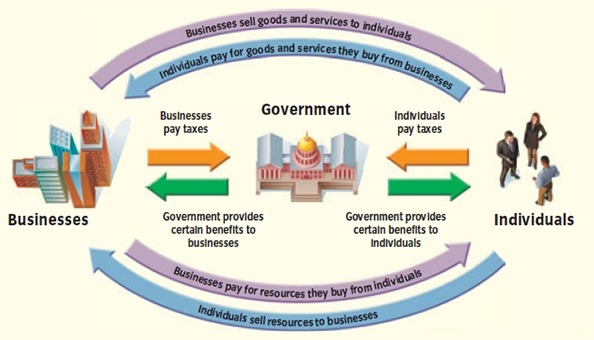 India adopted the mixed model of economic development, which has features of both the capitalist & socialist models as there was a mature indigenous entrepreneurial class (Birlas, Tatas, Singhanias) that developed an independent economic base which was an asset for post-independence planned development.
India adopted the mixed model of economic development, which has features of both the capitalist & socialist models as there was a mature indigenous entrepreneurial class (Birlas, Tatas, Singhanias) that developed an independent economic base which was an asset for post-independence planned development.
Everyone was more or less agreed on following agenda
- Multi-pronged strategy of economic development based on self-reliance.
- Rapid industrialization based on import-substitution including capital goods industries.
- Prevention of imperialist or foreign capital domination.
- Land reforms involving tenancy reforms.
- Abolition of Zamindari system.
- Introduction of cooperatives especially of service cooperatives like marketing, credit, etc.
Why India rejected capitalist style of Modernization?
During that era, development meant becoming more and more modern like industrialized countries of West.
- India rejected such model because majority of the people were illiterate & to become modern, breakdown of traditional social structures was required, which was highly impossible.
- Modernization was also associated with the ideas of growth, material progress and scientific rationality, but due to lack of resources and education, it was not possible in India which was fully dyed in the wool of caste-based mentality.
To sum up → Lack of education, poverty, food insecurity, lack of capital, resources & technology, caste-based society were major reasons behind rejection of capitalist model of economy.
New Economic Policy 1991
In the late 1980’s government expenditure began to exceed its revenue by such large margins that it became unsustainable. Inflation was soaring, imports grew in excess to the export to such a level that foreign exchange reserves declined to a level that it was not adequate to finance imports for more than two weeks.
- Foreign exchange was insufficient to pay the interest to international lenders.
- To ward off this precarious situation of economy, India approached the World Bank and IMF and received $7 billion as loan to manage the crisis.
- In return, these institutions wanted that the Indian should open up the economy by removing restrictions of the several sectors and reduce the role of government in many areas and remove trade restrictions.
LPG Reforms
- India had no choice but to accept these conditions and announced the New Economic Policy.
- The Crux of the policy was to remove the barrier to the entry of private firms and to create more competitive environment for the economy.
- These reforms can be classified into two types:
- The stabilization measures [short term]
- The structural reform measures [Long term]
- Government initiated a variety of policies which fall under three heads viz. Liberalization, Privatization & Globalization, “LPG Policy”.
- The first two are policy strategies & the last one is the outcome of these strategies.
Liberalization
- Industrial licensing was abolished for almost all but product categories – alcohol, cigarettes, hazardous chemicals industries, expensive electronics, aerospace drugs and pharmaceuticals.
- The only industries now reserved for the public sector are defence equipment, atomic energy generation and railway transport.
- In many industries, the market has been allowed to determine the prices.
Financial sector reforms – Major aim was to reduce the role of RBI from regulator to facilitator of financial sector. These reforms led to the establishment of private sector banks & entry of foreign banks with certain conditions on FII.
Tax Reforms – Since 1991, there has been a continuous reduction in the taxes on individual incomes. The rate of corporation tax was reduced; simplification of procedures to pay the income tax was also initiated.
Foreign Exchange Reforms – Initially the rupee was devalued against foreign currencies. This led to the increase in the inflow of foreign exchange. Now usually, markets determine exchange rates based on the demand and supply of foreign exchange.
Privatization
- Government had shed off the ownership and management of various government owned enterprises.
- Government started disinvestment by selling off equity of PSU’s.
- The purpose behind such move was to improve financial discipline and to facilitate modernization.
- The government also made attempts to improve the efficiency of PSUs by giving them autonomy in taking managerial decisions.
Globalization
- Globalisation is the outcome of liberalisation & privatisation.
- Globalisation implies greater interdependence & integration.
- The best example is of outsourcing. e.g., BPOs.
- Globalization is mix bag of results. On one hand it has provided greater access to global markets, imports of high Technology etc. on the other hand developed countries expands their markets in other countries.
- It has also been pointed out that markets driven globalization has widened the economic disparities among nations and people.
ERA of Information and Communication Technology
In India, the path towards technology induced development especially associated with ICT, was given a vent in 1984 by Rajiv Gandhi government. He adopted an effective route to development with massive programme of computerization, launched in commercial and the public sectors undertakings and in administrative departments.
- In 1998, National Task Force on Information Technology and Software Development prepared the blueprint for making the adoption of IT as a national movement by establishing a wide network of empowered taskforce at all governmental & non-governmental level.
- In 1999, the Ministry of Information Technology was established by bringing together government agencies involved in different aspects of IT for creating job to harness opportunities provided by convergence of communication technologies and to facilitate the use of IT in use of Electronic Governance.
- ICT generated new possibilities to address problems of rural poverty, inequality and environmental degradation.
IT Industry India
- In India, the growth of information technology and communications is very significant in the past two decades.
- IT Industry in India comprises of software industry and information technology enabled services [ITES] which also includes BPO industry.
- India is considered as a pioneer in software development and a favourite destination for IT-enabled services (ITES).
- Many other countries look to India as a model for global outsourcing and try to imitate elements of this is their own strategies.
- Indian government use ICT for delivery of government information & services to citizens (G2C), to businesses [G2B], to employees [G2E], and to governments [G2G].
- Government of India initiated an e-government programme by adopting the Information Technology Act in 2000.
- The major aims of this Act were to recognize electronic contracts, prevent computer crimes and make electronic filing possible.
- Later in 2006, Government approved the National e governance Plan [NeGP) to enhance e government initiatives in India.
- Recently Indian Government has launched Digital India Programme to take Indian IT industry on whole new level.
- Almost all state governments & UTs have implemented their own e government services to serve their citizens.
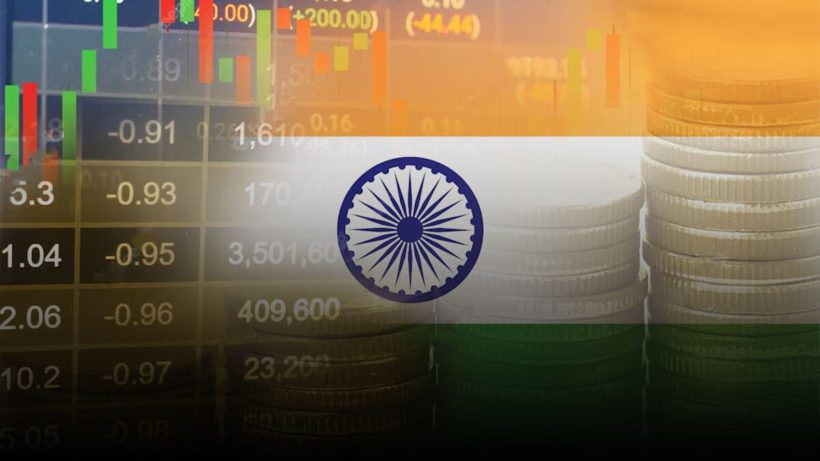

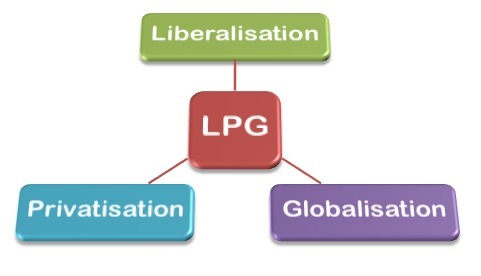
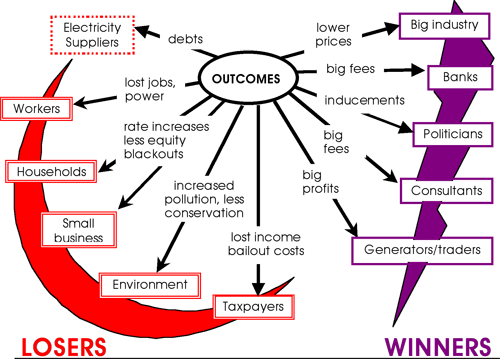
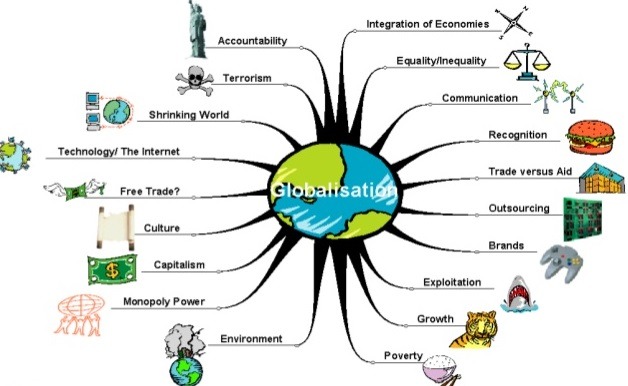
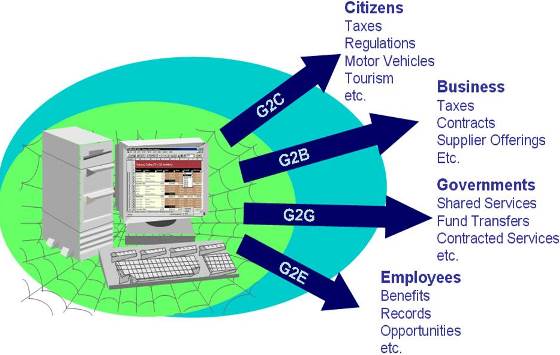
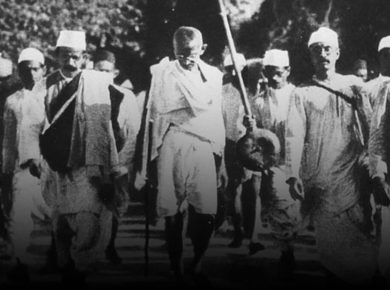
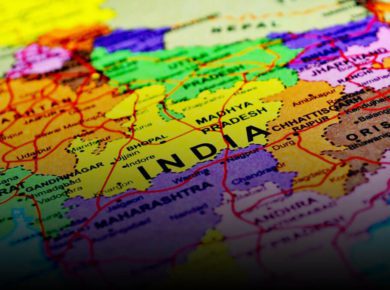
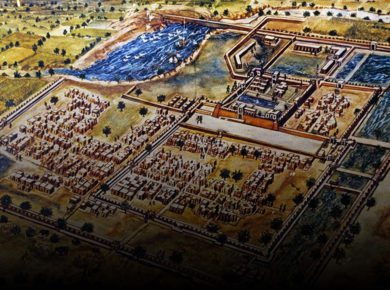
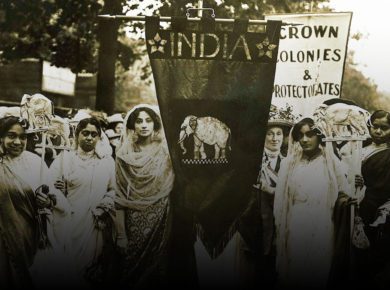

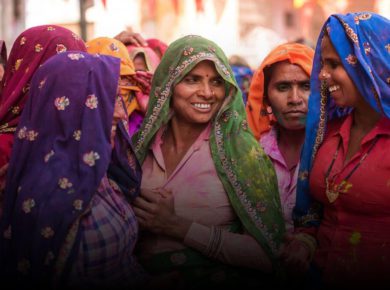
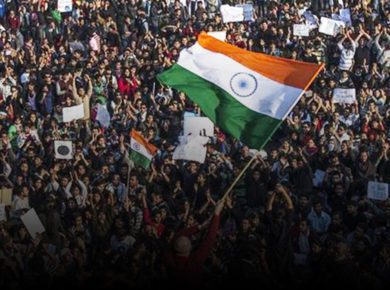
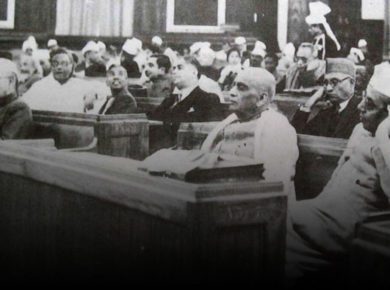


1 comment
Nice article, useful information shared thanks.